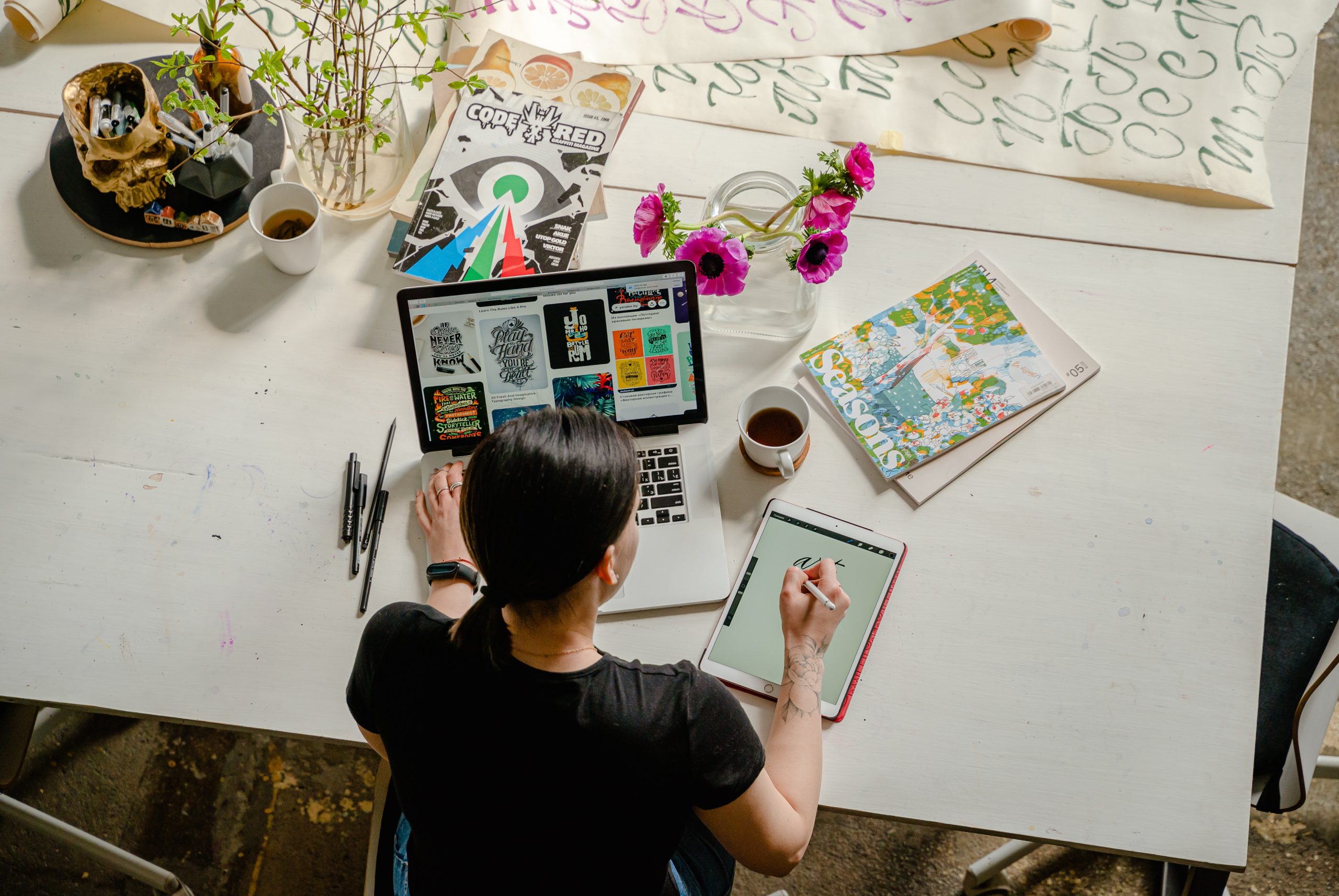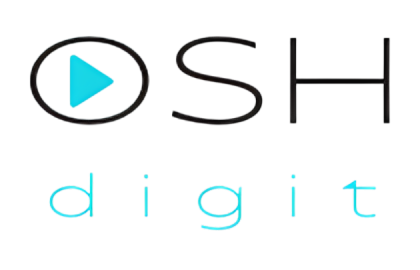Your cart is currently empty!
18. Evaluation

The final punctuation/score of the student is dependent on the methodology adopted by the different disciplines involved. This can depend on multiple and distributed moments of evaluation like tests, team papers, class participation, etc. This should be designed by the teachers and communicated to the students during the initial moments of each curricular unit.
The final score is the result of teamwork that includes, for example, reports, presentations, prototypes, and blogs (that have different quotes), which will influence the final score obtain-individual punctuation of the project. Then, a correction factor is applied.
The student’s individual score for the project comes from the team project punctuation, pondered by the individual factors correction application inside the team, which demands that the mean needs to be equal to 1.0. As the individual correction factor is a complex approach to the evaluation, it is recommended that the coordination team and teachers or others involved read Fernandes et al. (2009) to understand the due application of this method.
The team score on the project will result from the combination of multiple factors contemplated in the Final product.
- Report: 60% [Preliminary Report (25%) + Final Report (35%)]
- Presentations: 20% [Presentation of the Project Progress (7,5%) + Final Presentation (12,5%)]
- Prototypes and blog: 25% [Prototypes (20%) – Prototypes of the final applied solution on the workstation through Lego Mindstorms (mandatory) and Product Prototype (facultative)]; 5% Blog.
-
20. Student’s perception and feedback about the evaluation
The 21st-century competencies are different considering that with COVID-19 digitalization was boosted what brings the necessity to acquire new ones and re-evaluate teaching strategies, particularly because of the unpredictable situations related to relating to those times and the type of teaching context- online (Howe & Watson, 2021). The 4 most reported are: critical thinking/problem-solving; creativity;…
-
21. Resources

Resources can be physical or digital. A set of tools that can be used in the different approaches to problem-solving in the different phases will be supplied. Students should use several reputable platforms to substantiate their research, but they can also use physical resources generally used in interacting with labour environments, like equipment and “paper-pencil”…
-
22. Bibliography

Alves, A. C., & Eira, R. (2015). A aprendizagem implícita do Empreendedorismo no desenvolvimento de projetos interdisciplinares. 8–24. Alves, A. C., & Leão, C. P. (2015). Action, practice and research in project based learning in an industrial engineering and management program. ASME International Mechanical Engineering Congress and Exposition, Proceedings (IMECE), 5–2015. https://doi.org/10.1115/IMECE2015-51438 Alves, A. C.,…
